Benefits of Custard Apple Trees
Custard apple trees (Annona reticulata), also known as sugar apples or “sitaphal” in some regions, are tropical fruit-bearing trees cherished not only for their sweet, creamy fruits but also for their remarkable health, environmental, and economic benefits. These trees thrive in warm climates and are widely cultivated across Asia, South America, and parts of Africa. In addition to the delicious taste of the fruit, every part of the custard apple tree—from roots to leaves—offers value. This article explores the diverse and compelling benefits of custard apple trees, making them a valuable addition to gardens, orchards, and agroforestry systems.
The custard apple tree is more than just a tropical fruit tree—it is a source of nutrition, income, medicine, and ecological value
1. Nutritional Benefits of Custard Apple Fruit
Custard apple fruit is a nutrient-dense food packed with vital vitamins and minerals.
a. Rich in Vitamins and Minerals
The fruit contains high amounts of:
Vitamin C – Boosts immunity and fights free radicals.
Vitamin B6 – Supports brain health and hormonal balance.
Magnesium and Potassium – Essential for cardiovascular and muscle function.
Iron and Copper – Important for red blood cell formation.
b. High in Dietary Fiber
Custard apples are a good source of fiber, which aids digestion, prevents constipation, and promotes gut health. Consuming the fruit can also help regulate blood sugar levels due to its low glycemic index.
2. Medicinal Properties
Custard apple trees have a long-standing place in traditional medicine.
a. Antioxidant Effects
Custard apples are high in antioxidants like flavonoids, carotenoids, and phenolic compounds, which protect the body from oxidative stress and chronic diseases like cancer and diabetes.
b. Anti-inflammatory
The fruit and leaves contain compounds with anti-inflammatory properties. These help reduce inflammation-related conditions such as arthritis and gastritis.
c. Antimicrobial Properties
Various parts of the plant have demonstrated antibacterial and antifungal activities, especially the leaves and seeds, which are used in herbal remedies.
d. Supports Heart Health
Custard apple’s potassium and magnesium help maintain blood pressure, while antioxidants protect heart tissue from damage.
3. Uses in Herbal and Ayurvedic Medicine
In Ayurvedic and traditional healing systems, custard apple tree parts are widely used:
Leaves: Used to treat ulcers, wounds, and inflammation.
Seeds: Crushed seeds are used externally to eliminate lice and parasites.
Bark: Used as an astringent and in the treatment of dysentery.
Roots: Sometimes used in tinctures for pain relief and as a sedative.
4. Environmental Benefits
Custard apple trees offer multiple environmental advantages, particularly in tropical and semi-arid regions.
a. Drought Tolerance
These trees can survive with minimal water, making them suitable for arid and semi-arid regions. Their resilience supports sustainable agriculture in challenging climates.
b. Soil Improvement
The leaf litter of custard apple trees enhances soil organic matter, enriching the topsoil and promoting biodiversity in the rhizosphere (root zone).
c. Carbon Sequestration
Like all trees, custard apple trees absorb carbon dioxide from the atmosphere and store carbon in their biomass, helping combat climate change.
5. Economic Value
Custard apple trees are economically beneficial for farmers and agro-entrepreneurs.
a. High Market Demand
The fruit is in high demand for its taste and health benefits, both in fresh form and for processed products like custard apple pulp, juices, jams, and desserts.
b. Multiple Harvests
Custard apple trees often yield fruits twice a year under optimal conditions, providing regular income for growers.
c. Low Maintenance Cost
These trees require minimal input once established, making them ideal for low-investment farming models.
d. Employment Generation
Custard apple cultivation, harvesting, and processing create rural employment opportunities, especially for women and small-scale farmers.
6. Culinary Benefits
Custard apple is a favorite in many cuisines around the world due to its creamy texture and sweet flavor.
a. Eaten Fresh
The ripe fruit is usually scooped out and eaten raw. Its rich, custard-like texture makes it a delicacy.
b. Dessert Ingredient
Custard apples are used in smoothies, milkshakes, ice creams, pies, and puddings. They add natural sweetness and flavor.
c. Vegan-Friendly Dairy Substitute
Custard apple puree can serve as a plant-based alternative in dairy-free desserts.
Note:The custard apple tree is more than just a tropical fruit tree—it is a source of nutrition, income, medicine, and ecological value
7. Beauty and Skin Benefits
Custard apple and its extracts are beneficial for skin and hair health.
a. Anti-aging Properties
Rich in antioxidants and Vitamin C, custard apple helps reduce fine lines, wrinkles, and signs of aging.
b. Skin Nourishment
Custard apple paste, when applied to the skin, moisturizes and rejuvenates dull or dry skin.
c. Hair Health
The high iron content in custard apple supports hair growth and improves blood circulation to the scalp. Custard apple seed oil is sometimes used in hair care products to reduce dandruff and hair fall.
8. Educational and Research Importance
Custard apple trees have academic value in botany, agriculture, and pharmacology.
a. Teaching Aid
Custard apple plants are often studied in agricultural and botanical programs for their unique flowering, pollination, and fruiting mechanisms.
b. Scientific Research
Custard apple extracts are studied for their medicinal properties. Ongoing research investigates their potential for treating diseases like cancer, diabetes, and infections.
9. Ornamental and Landscaping Uses
Custard apple trees are aesthetically pleasing and add charm to home gardens and landscapes.
a. Attractive Foliage
With bright green, shiny leaves and unique, heart-shaped fruits, custard apple trees enhance the beauty of gardens.
b. Shade Provider
These trees offer good shade in home gardens and can be used as natural canopies in parks and farms.
c. Urban Gardening
Custard apple trees can be grown in large containers, making them suitable for urban gardening on rooftops and balconies.
10. Easy Cultivation and Propagation
Custard apple trees are relatively easy to grow and manage, making them a favorite among home gardeners and farmers.
a. Grows in Poor Soil
These trees adapt well to a variety of soils, including sandy and rocky types, and thrive even in poor fertility conditions.
b. Fast Growth Rate
Custard apple trees grow quickly and start producing fruit in 2–3 years after planting, making them a fast return crop.
c. Low Pest Incidence
Compared to other fruit trees, custard apple trees are relatively pest-resistant, especially when managed organically.
11. Cultural and Religious Importance
In many cultures, custard apple trees and fruits hold symbolic or ritualistic value.
In parts of India, the fruit is offered in religious ceremonies.
The name “Sitaphal” connects it to religious lore in Hindu culture.
It is also used in local festivals and traditional dishes during festive seasons.
12. Sustainable Agroforestry Integration
Custard apple trees play a vital role in integrated farming systems.
a. Companion Planting
They grow well alongside legumes, vegetables, and herbs, enhancing overall biodiversity on farms.
b. Intercropping
Custard apple trees can be intercropped with cereals or pulses during their early years of growth, optimizing land use and income.
c. Bee-Friendly Plant
Custard apple flowers attract pollinators like bees, aiding biodiversity and supporting pollination of nearby crops.
13. Seed and Oil Benefits
The seeds and oil from custard apple also offer valuable applications.
a. Seed Oil
The oil extracted from seeds is used in traditional medicine and cosmetic formulations.
b. Pest Control
Crushed seeds are used as a natural insecticide, particularly in organic farming.
⚠️ Note: While seeds are useful, they are toxic if ingested in large amounts and should be handled with care.
14. Preservation and Value-Added Products
The fruit can be processed and stored in various forms, extending its usability.
Custard apple pulp: Used in packaged juices and smoothies.
Custard apple powder: Used in the food industry and for flavoring.
Frozen fruit segments: Available in international markets, extending the tree’s commercial reach.
Conclusion
The custard apple tree is more than just a tropical fruit tree—it is a source of nutrition, income, medicine, and ecological value. From its rich antioxidant-packed fruit to its sustainable farming potential and low-maintenance cultivation, the benefits are extensive. Whether you are a home gardener, a farmer, a researcher, or a health enthusiast, the custard apple tree deserves a spot in your orchard or garden. By integrating custard apple cultivation into both traditional and modern agricultural systems, we can promote health, sustainability, and economic resilience.
Would you like this turned into a PDF, blog post, or social media content as well?
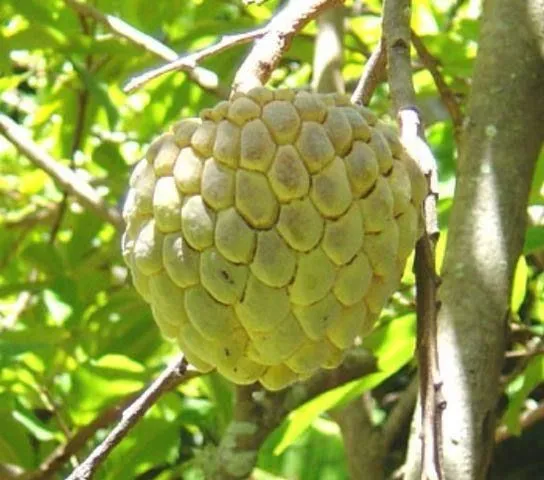
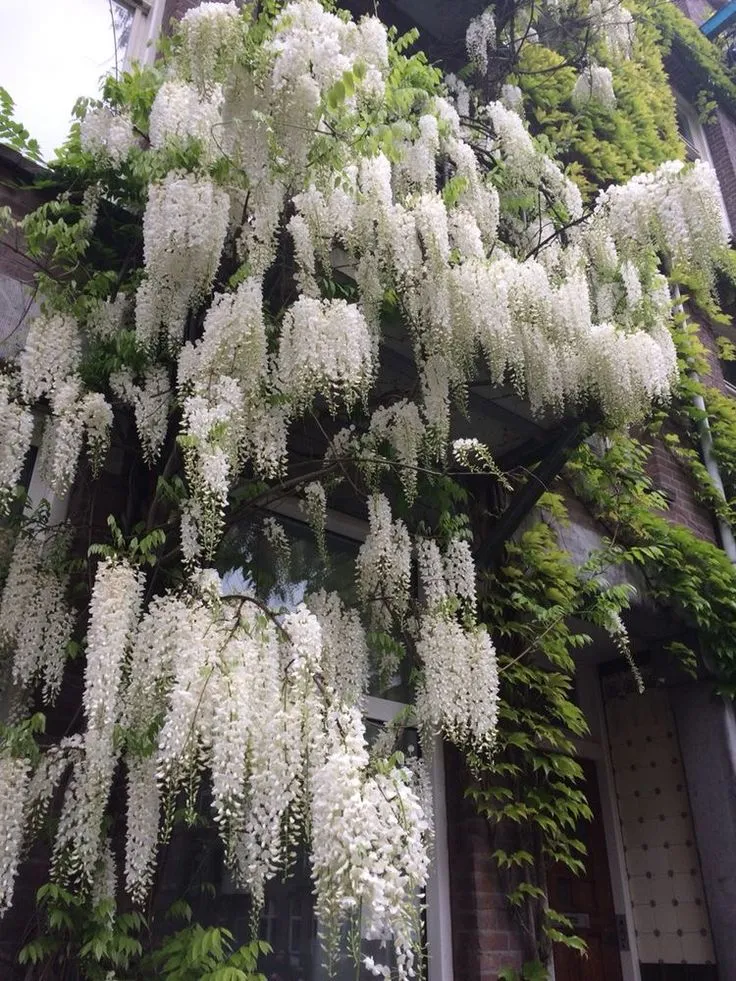
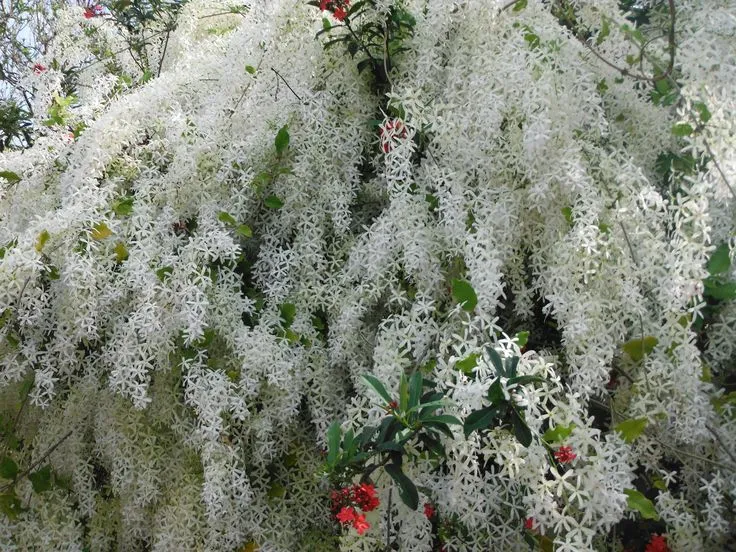
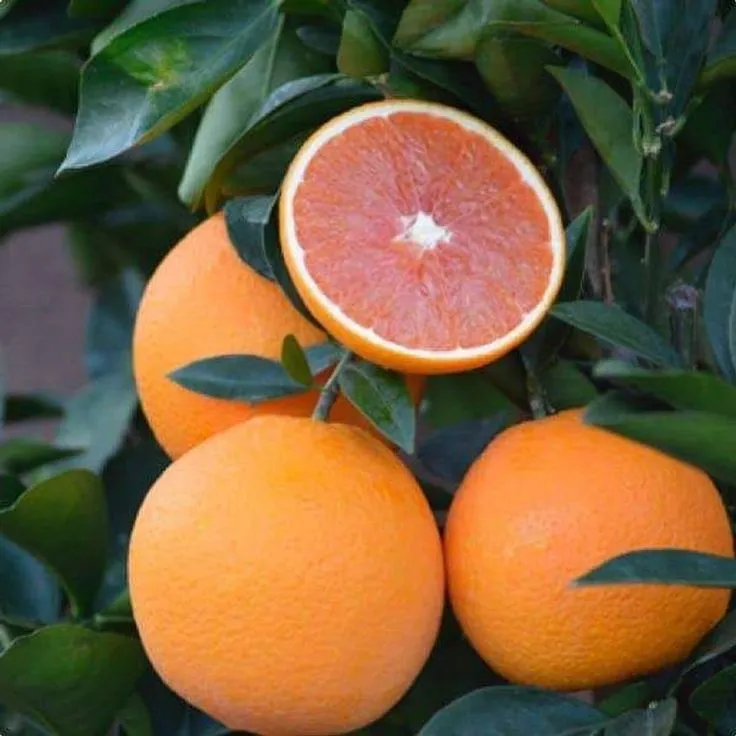
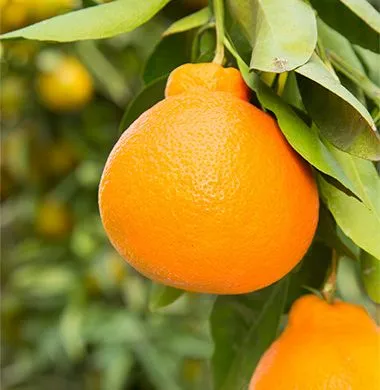
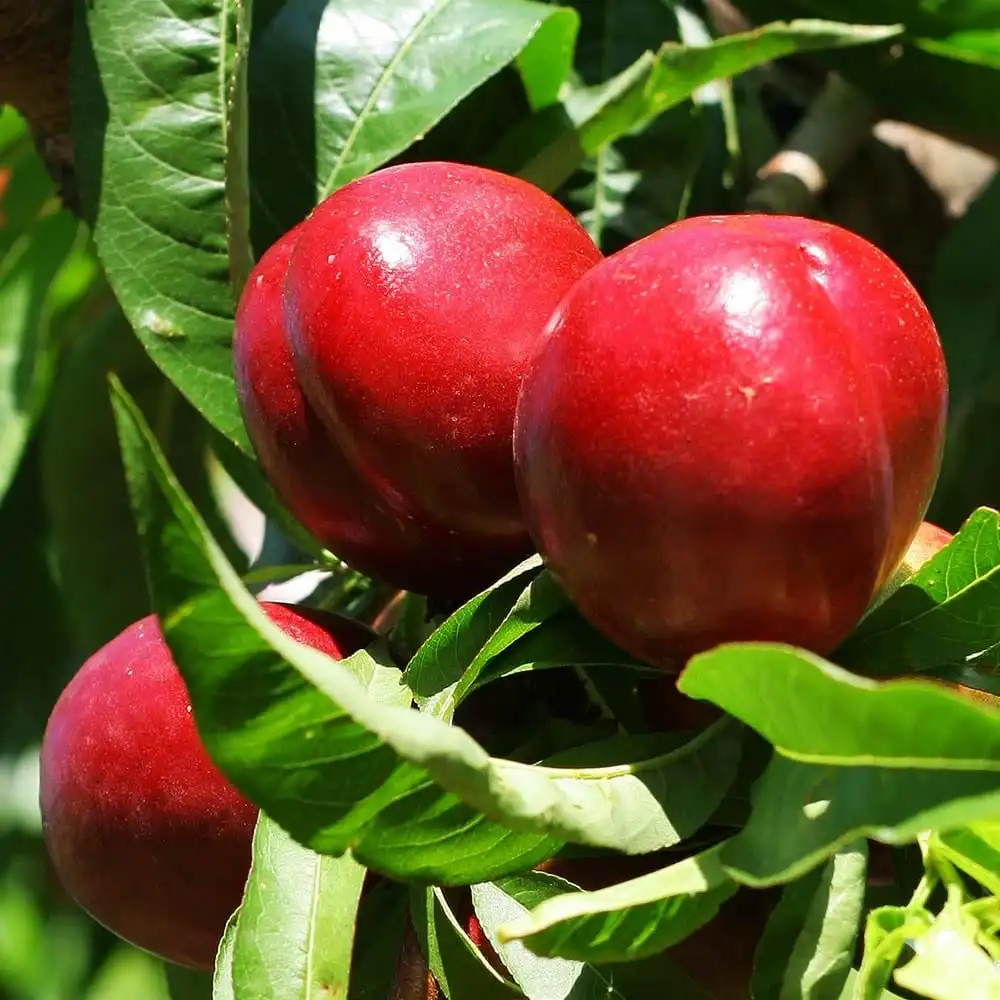
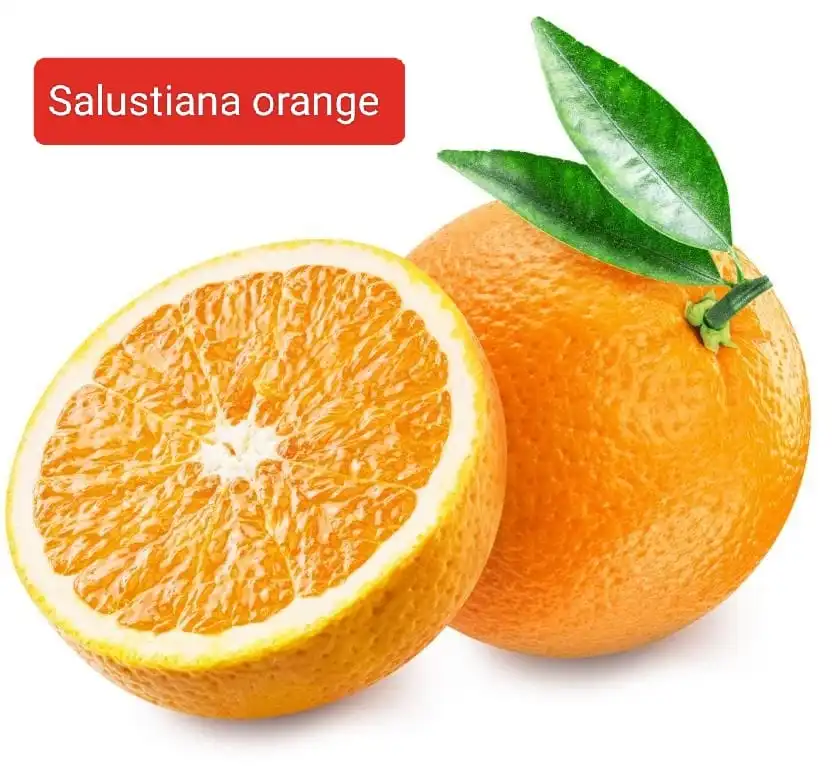
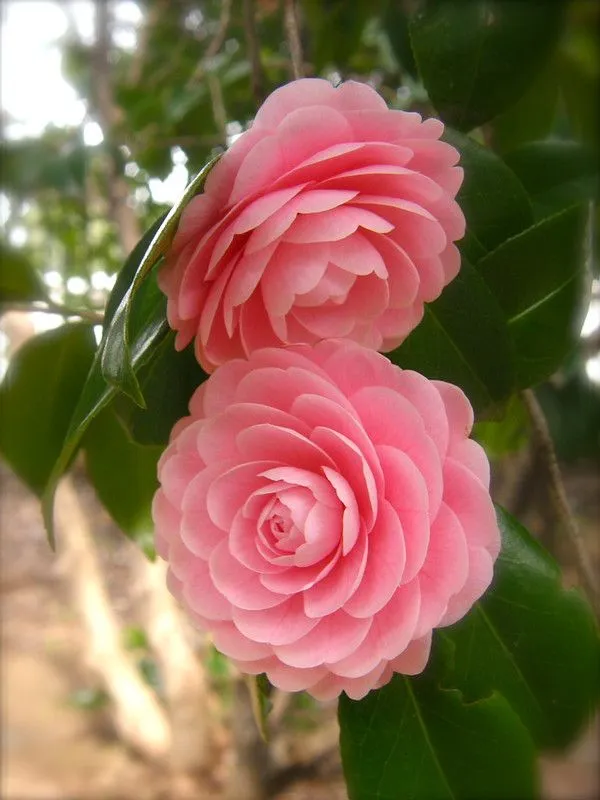
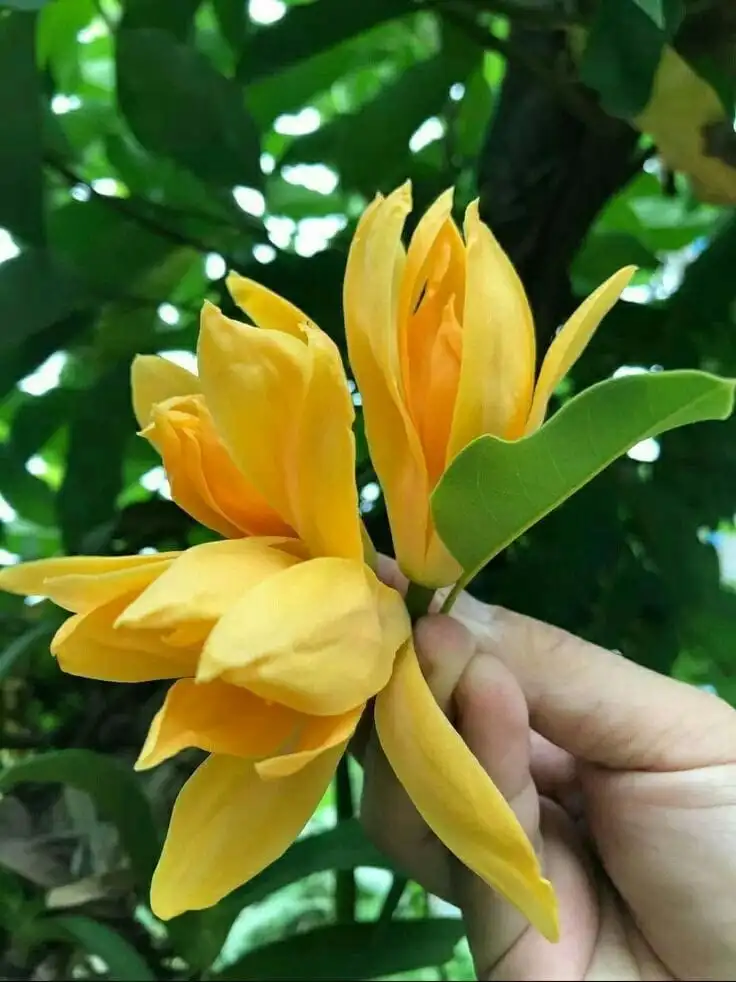


Leave a Reply